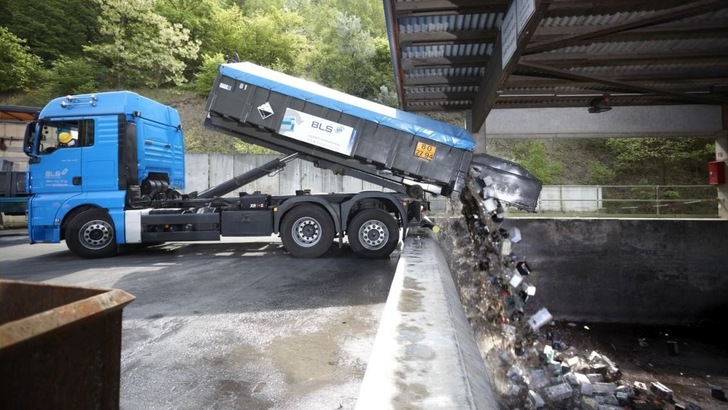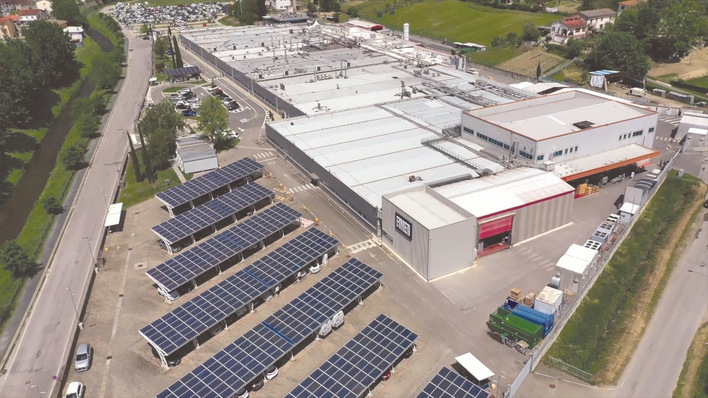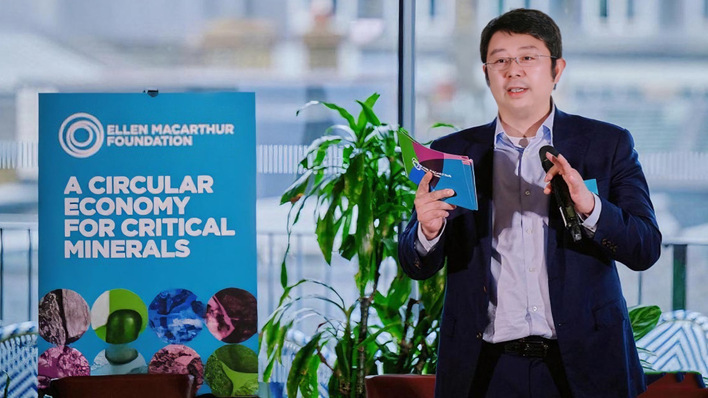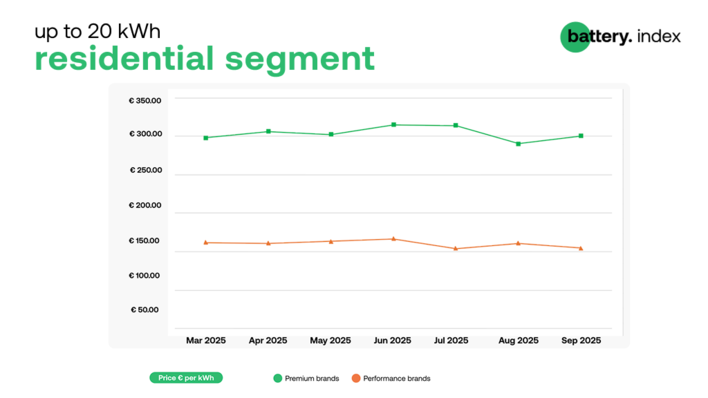A multitude of supply, demand, cost and sustainability conditions are poised to drive a rapid expansion of the battery recycling industry, more than tripling its capacity by 2030, according to a new analysis by IHS Markit, a leading source of critical information, analytics and solutions.
Large waves of batteries that are at the end of their usable life are set to begin this year, creating a sizeable repository of recyclable materials. IHS Markit expects that over 500,000 tons (57 gigawatt hours) of batteries will reach their end-of-life point in 2020. That figure is expected to rise to 1.2 million tons (121 gigawatt hours) in 2025 and reach 3.5 million tons (350 gigawatt hours) in 2030—a seven-fold increase.
Now only a small part of the supply chain
Meanwhile, the continued electrification of the automotive sector is set to push demand for new batteries to new heights—from 250 gigawatt hours in 2020, to over 1,700 gigawatt hours by 2030 and nearly five terawatt hours per year in 2050.
Recycled materials currently make up a small proportion of the battery supply chain. However, the increasing supply of end-of-life batteries and growing demand will enable up to 15 per cent (180 kilotons) of Lithium, 7.5 per cent (450 kilotons) of Nickel and 43 per cent (930 kilotons) of Cobalt from recycled sources to be used in new batteries by 2030, IHS Markit says. This would necessitate a more than tripling of global battery recycling capacity, from approximately 1,000 kilotons per year in 2020 to 3500 kilotons per year by 2030.
See also: Online matchmaking service for battery makers and utility companies
“We are approaching the tipping point for a self-perpetuating cycle where the deluge of end-of-life batteries comes along at just the right time to meet rising demand for these materials to make new batteries. The supply, demand, cost and security of supply motivations are all there. We are already seeing a trend towards greater localisation of battery production, as governments look to maximize value creation in this high growth sector. Particularly in Europe, where there are not large deposits of raw materials for battery production, recycling will be key to enabling the development for local supply chains for battery manufacturing facilities,” says George Hilton, senior energy storage analyst at IHS Markit.
Cost, security and sustainability
IHS Markit foresees strong drivers in cost, security and sustainability of investment to underpin the expansion of battery recycling:
- Cost: Recycled materials have the potential to be cheaper than virgin equivalents.
- Security of supply: Battery recycling has the potential to create battery material supply in regions that do not have natural resources. In particular, recycled batteries will enable significantly reduced reliance on mined cobalt (which largely comes from a single source, the Democratic Republic of Congo).
- Sustainability: Consumer preferences are driving increased scrutiny in the supply chain of lithium-ion batteries. Use of recycled materials in new batteries is one way of reducing the environmental and social impact of battery production.
“Battery recycling is a key enabling technology which will allow electric vehicles to maximise their sustainable credentials. In coming years recycled battery materials will enable EVs to be produced more sustainably, at lower cost and reduced reliance on complex, international raw material supply chains, says George Hilton of IHS Markit. (mfo)








